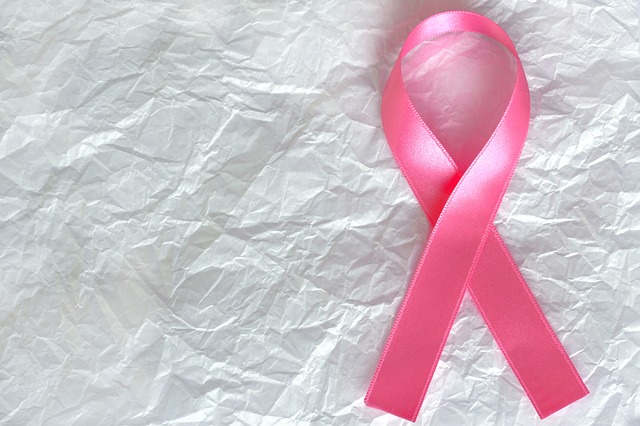AACH Lecture Focuses on Breast Cancer

Although deaths caused by breast cancer have dropped by 36 percent during the past 20 years, it remains the second leading cause of cancer death in women behind only lung cancer, according to Brandy Hahn, BSN, RN, OCN, cancer coordinator at Aultman Alliance Community Hospital.
Hahn, who presented at AACH’s monthly lecture lunch recently, said that there are several controllable risk factors and some that can’t be controlled in determining the chances of an individual being diagnosed with breast cancer.
Factors that greatly increase the risk of breast cancer include genetic mutation (BRACA 1 or 2), personal history of lobular carcinoma in situ (LCIS) and having two first-degree relatives with premenopausal breast cancer.
“In addition to these factors, it is important to know as much as possible about both sides of one’s family history – that would include both the mother’s and father’s side,” Hahn said.
Hahn said that among the controllable risk factors are: weight, physical activity, alcohol, tobacco and hormone replacement usage. Among the risk factors that can’t be controlled are age, race, family history, genetic mutation, early menarche or last menopause and mammographic density.
She added that contrary to some beliefs, most breast cancer is not related to genetic factors. According to Hahn, screening is important and mammograms are an excellent tool to diagnose breast cancer but no screening is 100 percent accurate.
Hahn, who serves as a nurse navigator, advocates a multidisciplinary team approach for the patient once a breast cancer diagnosis has been made. “Treatment options vary depending on many factors including the type of breast cancer and the person’s overall health,” Hahn said. “But regardless, a multi-disciplinary team involving representatives from radiology, pathology, surgery, medical and radiation oncology with support from a nurse navigator, social worker and dietitian are highly recommended.”
Hahn also shared information regarding bone health for women, citing that one in two women over the age of 50 will break a bone due to osteoporosis.
According to Hahn, there are multiple reasons why women are more likely to get osteoporosis than men, namely, women tend to have smaller, thinner bones than men, plus estrogen, a hormone in women that protects the bone, decreases sharply after women reach menopause resulting in bone loss.
Hahn cited a number of ways to combat osteoporosis including an increase in the intake of calcium and vitamin D, eating a healthy and well-balanced diet, exercise at least two-and-a-half hours every week, avoiding tobacco and alcohol and seeing a health care provider annually.
She said the National Osteoporosis Foundation (NOF) recommends a bone density test, which is safe and painless and takes about 15 minutes, for the following:
- Women 65 or older
- Postmenopausal women under age 65 with risk factors
- Women who break a bone after age 50
- Women with certain medical conditions
- Women taking certain medications
- Postmenopausal women who have stopped taking estrogen therapy (ET) or hormone therapy (HT)